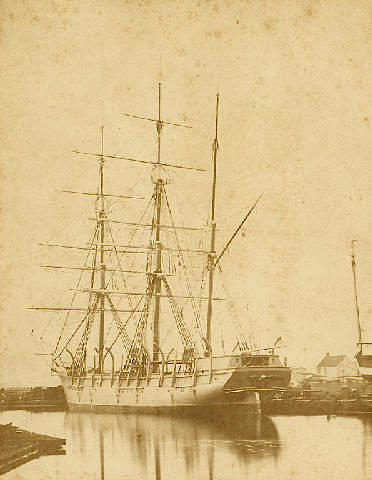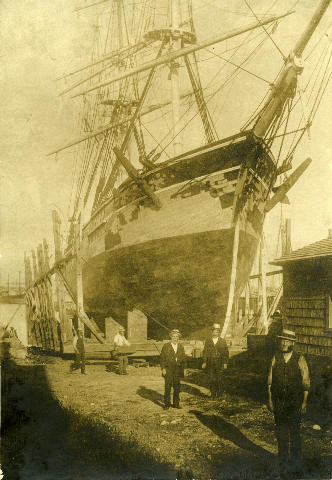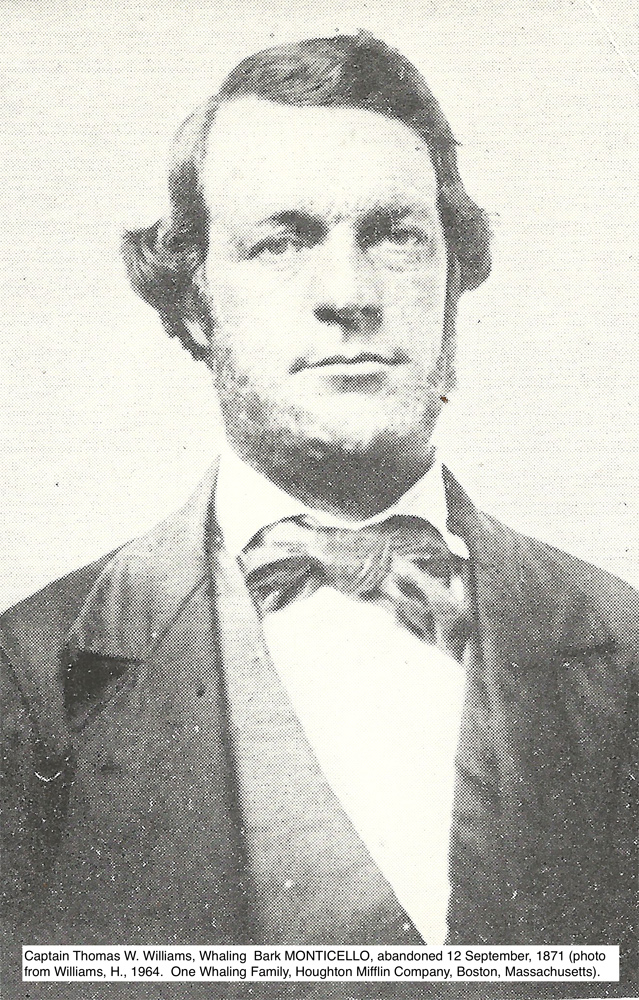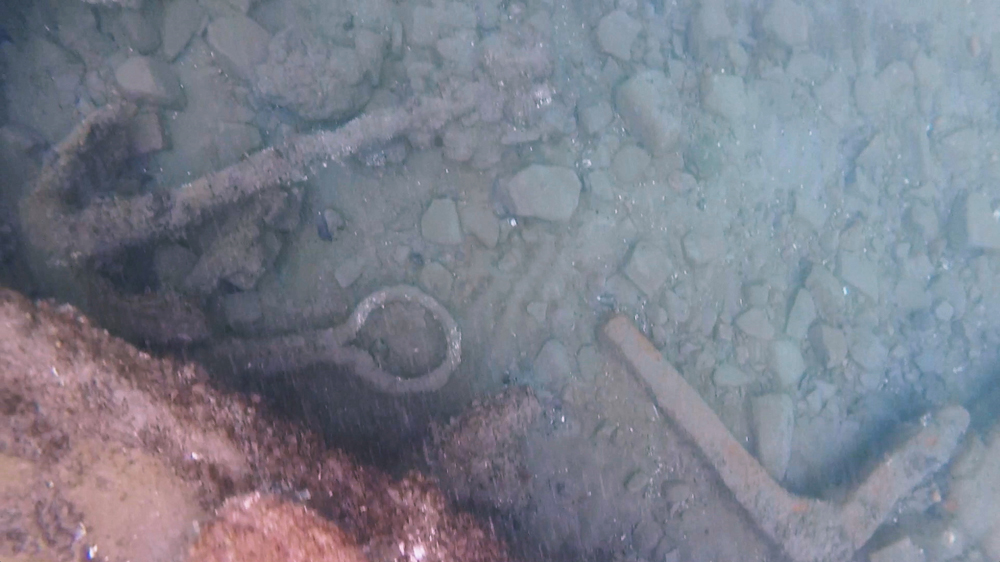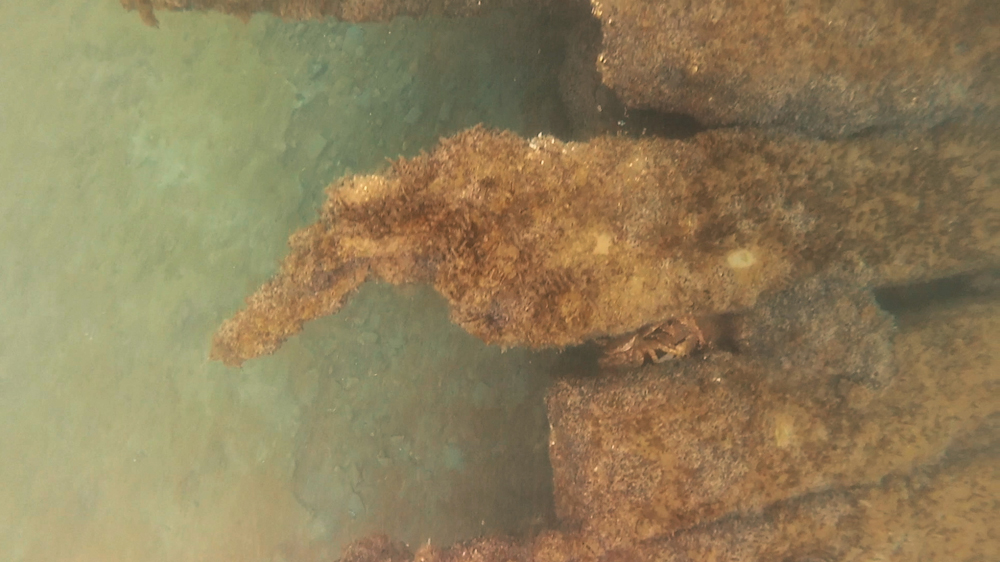Photos: 19th-Century Whaling Ships Stuck in Alaskan Pack Ice
For the first time in more than 140 years, humans have laid eyes on doomed ships from the infamous Whaling Disaster of 1871. Marine archaeologists think they’ve discovered two of the 33 whaling vessels that sank off the coast of Alaska after getting trapped in sea ice. [Read full story on the whaling shipwrecks]
Modern tools finding lost ships
The area outlined in blue shows the stretch of coastline that was surveyed during the National Oceanic and Atmospheric Administration’s Lost Whaling Fleets 2015 expedition. Using underwater sensing techniques, the team was able to identify two relatively intact hulls in this area. (Credit: M. Lawrence/NOAA)
Doomed whalers
An issue of Harper's Weekly from 1871 depicted the doomed whalers in the Arctic Ocean, including in the drawing the ships George, Gayhead and Concordia. (Credit: Robert Schwemmer Maritime Library)
Lost ships
A majority of the ships that were lost in the September 1871 disaster hailed from New Bedford, Massachusetts, such as the Concordia, pictured here. (Credit: New Bedford Whaling Museum)
Get the world’s most fascinating discoveries delivered straight to your inbox.
Large losses
Brad Barr, an archaeologist with NOAA who was co-director of the recent expedition, estimates that the economic loss from the disaster was about $33 million in today’s USD. This painting is titled "Abandonment of the Whalers In The Arctic Ocean September 1871.” (Credit: Ted and Ellie Congdon, Huntington Library)
Another ship lost
This ship shown here, named Gay Head, also came from New Bedford, MA. (Credit: New Bedford Whaling Museum)
The Captain
Captain Thomas W. Williams, shown here, was among the 1,200 men who were stranded in the pack ice. There were no fatalities. (Credit: Williams, H., 1964. One Whaling Family, Houghton Mifflin Company, Boston, MA)
Relics from history
Among the artifacts discovered with the wrecks was a small anchor; a chain plate, and a iron knee that was likely part of the ship's frame. The team did not raise any of these underwater artifacts to the surface. (Credit: NOAA)
Repurposed parts
Crabs have taken up residence in the underwater ribs of the ships. (Credit: NOAA)
Follow us @livescience, Facebook & Google+.





